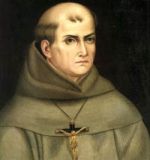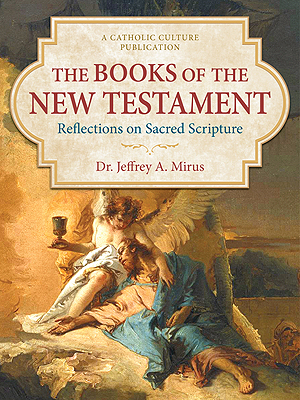Bishops can't always be blamed for abusive priests [updated]
By Phil Lawler ( bio - articles - email ) | May 07, 2014
From Seattle comes this unusual story about a priest who, when removed from public ministry because of sexual abuse, ignored the order from his archbishop and continued functioning as a priest. Apparently the Seattle archdiocese only recently learned about his disobedience. But even if the archbishop had known earlier, what could he have done?
The Church does not have prison cells in which to hold canonical criminals, nor is there a corps of detectives ready to investigate allegations of ecclesiastical crime. State and local governments, which do exercise police power, cannot bring charges against a man who celebrates religious rituals without violating the principle of religious freedom. So if a suspended priest persists in celebrating Mass, who can stop him?
Ultimately, if a suspended priest persists in disobedience, he might be laicized. But then his diocese would lose all power to discipline him, and he would still be at large, with unimpeded access to young people.
For a decade Catholic bishops have been excoriated for failing to take effective disciplinary action against sexual abuse. Much of the criticism has been justified; the reaction from the hierarchy came much too late, after far too much dishonesty with the public and connivance with the abusers. But even now, after the bishops have set strict standards, some professional bishop-baiters persist in saying that whatever a bishop has done, it isn’t enough.
Thus if a bishop publishes the names of all priests found guilty of abuse, the critics say he should also name those who have only been accused. If he names those who are credibly accused, he’s chastised for not naming those against whom allegations have been made with no supporting evidence. If a priest is suspended, the critics say he should have been laicized; if laicized, he should have been excommunicated.
Leaving aside the question of whether these steps would be just (and often they would not), how much would they accomplish? A priest who is suspended is still on the loose; a laicized may still be a threat to young people. The bishop should be held accountable if he knowingly placed an abuser in ministry, but he can’t be blamed if an abuser, having been barred from ministry, pursues youngsters on street corners. A bishop can’t be blamed for what he could not know, or for what lies beyond his control.
In the final analysis, do you know who’s responsible for the abuse of young people by priests? The priests who abuse young people.
Update
Having learned a bit more about the story in Seattle, I’m afraid I chose a bad example to illustrate my argument. It seems that the Seattle archdiocesan review board had advised then-Archbishop Alex Brunett to make public his decision to suspend Father Harry Quigg from ministry, and the archbishop chose not to follow that recommendation. So the public was not warned that Quigg had been suspended, and other Seattle priests, who may or may not have been aware of the disciplinary action, allowed him to join them on the altar. Now Archbishop Sartain is feeling the brunt of understandable public outrage about a suspension that was neither announced nor enforced.
All comments are moderated. To lighten our editing burden, only current donors are allowed to Sound Off. If you are a current donor, log in to see the comment form; otherwise please support our work, and Sound Off!








